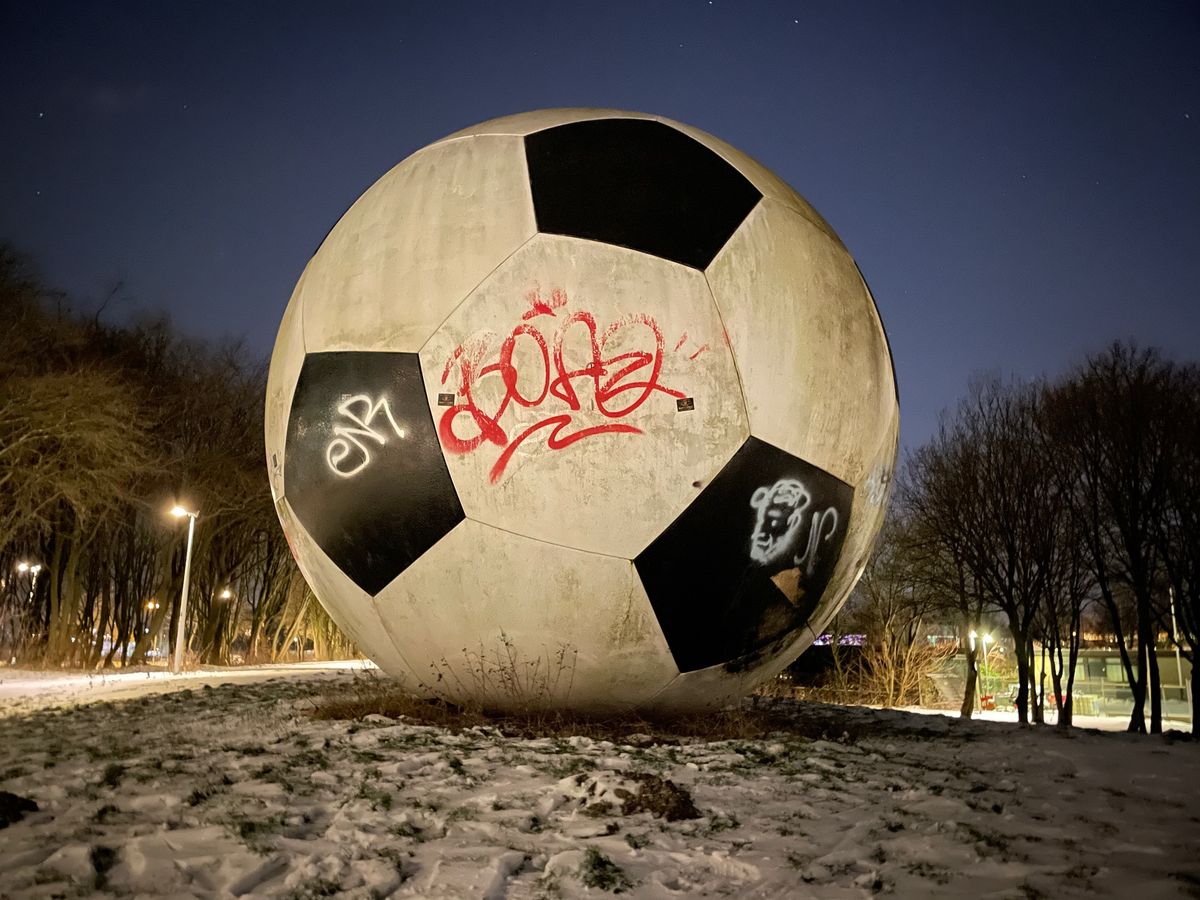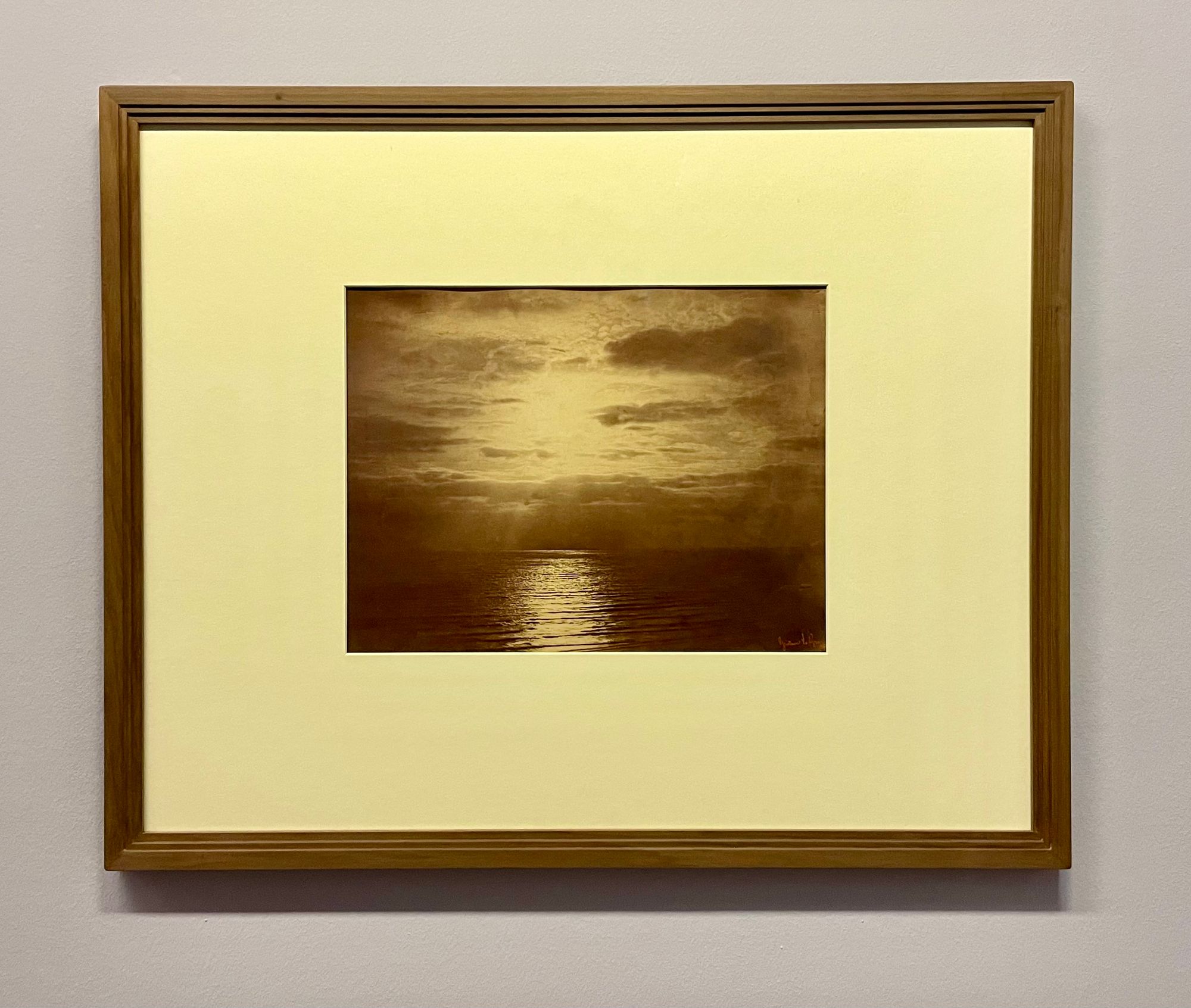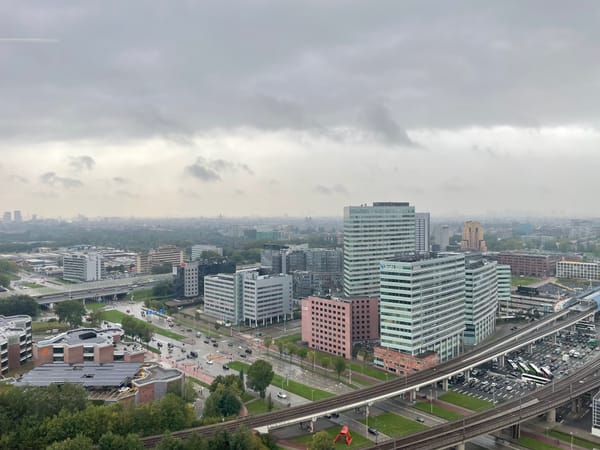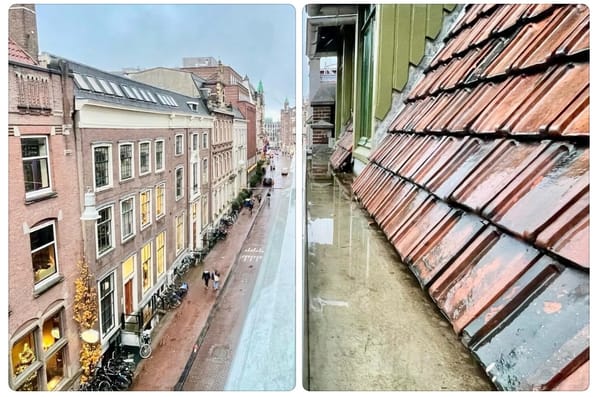High Dynamic Range (HDR) in photo's
What is High Dynamic Range and how can I put this technology to use for rich images.

Everything in technology needs a label, ideally a three letter acronym. When you open this little box, some seemingly random words tumble out of it. High Dynamic Range, HDR, is a way to produce a photo that gives you brighter colours, even in darker circumstances.
In this article I will explain how HDR works and how colour information is stored, coded and transferred to the viewing device.
HDR technology and its history
When you capture images with HDR you actually capture multiple images. These images have different exposure times and are then put together again, with algorithms, to form a well-balanced and lighted image.
When I did research, I found out that this technology to pick out the best lighted parts out of multiple photos is not new. This technology was pioneered in the 1850s by an innovative photographer called Gustave le Gray.
Le Gray went out to the beach and photographed the sea and the sky. He took multiple photographs with different exposures and then later manually added them together to a single photo again. Furthermore, he cleverly used the horizon to make the cut.

How HDR Works for iPhone
Now that we've touched on the concept of HDR and its historical roots, let's dive into how High Dynamic Range technology works in the context of an iPhone.
When you activate HDR mode on your iPhone's camera, it's like giving your device a creative tool to capture more detail and vibrancy in your photos. Here's how the magic unfolds:
- Multiple Exposures: Just like Gustave le Gray did with his pioneering work, your iPhone captures multiple images of the same scene but with different exposure settings. In simple terms, some shots are slightly underexposed to ensure the highlights are captured without being blown out, while others are slightly overexposed to bring out shadow details.
- Algorithmic Magic: After capturing these exposures, your iPhone's smart software algorithms take over. These algorithms analyze the multiple images, identifying the best parts from each exposure. The aim is to create a final image that balances out the brightest and darkest elements, resulting in a photograph that captures a wider range of light and color.
- Merging for the Ideal Image: The selected parts from each exposure are seamlessly merged together, creating a single image that's well-exposed throughout. This process helps overcome the limitations of traditional single-exposure photography, where you'd often have to compromise between well-lit subjects and well-lit backgrounds.
- Instantaneous Results: Unlike Le Gray's manual combining of images, your iPhone's processing happens in an instant. Once you tap the shutter button, the device's hardware and software work together to perform the necessary captures and computations in a matter of seconds.
- In Your Hands: After the merging is complete, what you see on your iPhone's screen is the final HDR image. It's a stunning representation of the scene that maintains more of the details in the brightest highlights and deepest shadows.
By employing these steps, your iPhone harnesses HDR technology to create images that pop with vividness, even in challenging lighting situations. Whether it's capturing a vibrant sunset against a darkening skyline or a well-lit subject in a backlit setting, HDR helps your iPhone deliver a more true-to-life representation.





